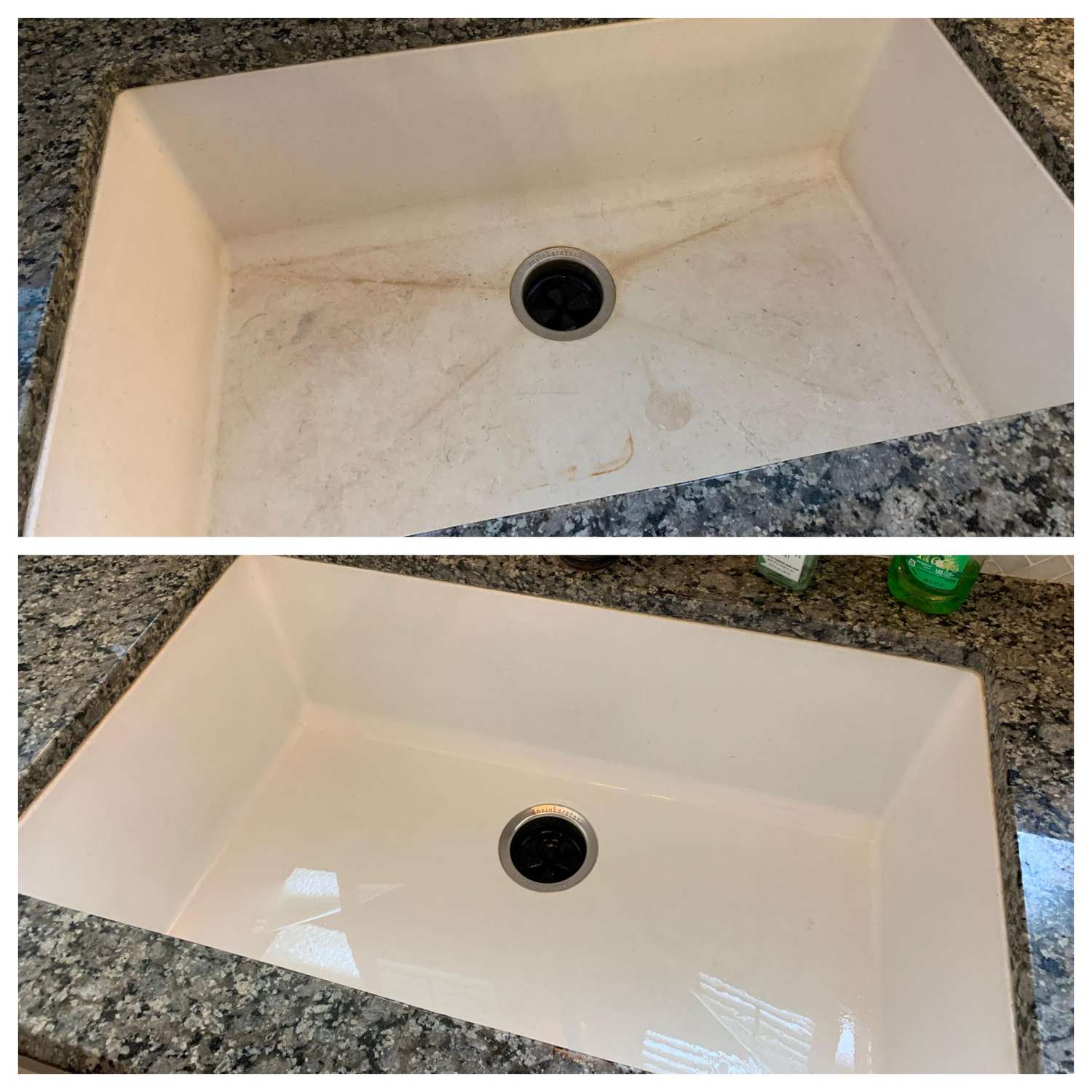

Articles
How To Get Stains Out Of A Sink
Modified: January 6, 2024
Discover effective methods and tips for removing stubborn stains from your sink with our informative articles. Say goodbye to unsightly marks and restore the shine to your sink.
(Many of the links in this article redirect to a specific reviewed product. Your purchase of these products through affiliate links helps to generate commission for Storables.com, at no extra cost. Learn more)
Introduction
Keeping your sink clean and free of stains is essential for maintaining a hygienic and visually appealing kitchen or bathroom. Over time, sinks can become stained with various substances, such as food particles, soap scum, hard water deposits, and rust. These stains can be stubborn and can make your sink look dull and unclean.
Fortunately, there are several effective methods for removing stains from sinks, whether they are made of porcelain, stainless steel, or other materials. In this article, we will explore different types of stains commonly found in sinks and provide you with practical tips on how to get rid of them.
Before diving into specific stain removal techniques, it is important to prepare your sink for the cleaning process. Begin by removing any dishes, utensils, or debris from the sink. Then, give it a thorough rinse with warm water to remove loose dirt and particles.
Once your sink is ready for stain removal, you can choose between natural homemade remedies or commercial cleaning products that are designed specifically for sink stains. Natural remedies are often preferred as they are eco-friendly, cost-effective, and gentle on the sink surface. However, for stubborn or persistent stains, commercial cleaners can be more effective.
Remember, prevention is always better than cure. To minimize the occurrence of future stains, it is important to regularly clean your sink, avoid leaving standing water, and wipe away any spills or residue immediately.
Now, let’s delve into the details of different types of sink stains and the best methods for tackling them. Are you ready to say goodbye to those stubborn stains and restore the shine in your sink?
Key Takeaways:
- Say goodbye to stubborn sink stains by using natural remedies like baking soda, vinegar, and lemon juice. Prevent future stains with regular cleaning and protective coatings for a sparkling, pristine sink.
- Restore the shine to your sink with commercial cleaners designed for specific stains like rust, hard water deposits, and soap scum. Incorporate preventive measures to minimize future stains and maintain a clean sink.
Read more: How To Get A Stain Out Of A Bathtub
Common Types of Stains in Sinks
Sinks can accumulate various types of stains over time, depending on their usage and the substances that come into contact with them. Here are some of the most common types of stains you might encounter in your sink:
- Food stains: One of the most frequent types of stains in kitchen sinks, food stains can be caused by coffee, tea, fruits, vegetables, and greasy or oily substances. These stains can leave behind unsightly discoloration on the sink surface.
- Soap scum: Soap scum is a buildup of soap residue that can occur on sink surfaces, particularly in bathroom sinks. It is often caused by the reaction between soap and hard water minerals. Soap scum stains can make your sink look dull and dirty.
- Hard water deposits: If you live in an area with hard water, you may notice white or chalky deposits on your sink. Hard water contains mineral ions like calcium and magnesium, which can build up and leave behind stubborn stains.
- Rust stains: Rust stains are a common issue in sinks made of metal, such as stainless steel or cast iron. They can be caused by exposure to water or moisture over time, leading to the oxidation of the metal surface. Rust stains can be particularly difficult to remove.
- Mineral stains: Similar to hard water deposits, mineral stains can appear on sink surfaces due to the presence of mineral-rich water. These stains can range in color from white to brown and can be challenging to remove.
By identifying the type of stain in your sink, you can choose the most appropriate stain removal method and achieve the best results. In the following sections, we will explore different techniques for removing these stains and restoring the shine to your sink.
Preparing the Sink for Stain Removal
Before you begin the process of removing stains from your sink, it is important to properly prepare the sink’s surface. This preparation will ensure that the stain removal methods you use are more effective and that the sink is not damaged in the process. Follow these steps to prepare your sink for stain removal:
- Clear the sink: Remove any dishes, utensils, or other items from the sink to provide easy access to the entire surface.
- Rinse with warm water: Start by giving the sink a good rinse with warm water. This will help remove any loose debris, dirt, or residue that may be on the surface, making it easier to tackle the stains.
- Apply a gentle cleanser: For general cleaning and to help loosen surface stains, apply a gentle cleanser or liquid dish soap to the sink. Use a scrub brush or sponge to gently scrub the entire surface, paying extra attention to the areas with stains. Rinse the sink thoroughly with warm water to remove the cleanser.
- Check for any damage: Take a close look at the sink’s surface and check for any signs of damage or cracks. If you spot any areas that may be compromised, avoid using abrasive cleaning methods that could further damage the sink.
- Protect the surrounding areas: If you are using any commercial cleaners or harsh chemicals, it is important to protect the surrounding areas, such as countertops or fixtures. Use towels or plastic coverings to prevent any accidental damage.
By properly preparing the sink, you will create a clean and ideal surface for stain removal. Once your sink is ready, you can move on to the next step of choosing the appropriate stain removal method based on the type of stain you are dealing with. In the following sections, we will explore natural homemade remedies as well as commercial cleaners that can effectively tackle common sink stains.
Natural Stain Removal Methods
If you prefer to use natural remedies for removing stains from your sink, you’re in luck! There are several effective options that are environmentally friendly, cost-effective, and safe to use. Here are some natural stain removal methods to try:
- Baking soda and water: Baking soda is a versatile cleaning agent that can effectively remove stains from sinks. Make a paste by mixing baking soda with water until you achieve a thick consistency. Apply the paste to the stained areas of your sink and let it sit for about 15 minutes. Then, scrub the surface gently with a sponge or soft brush and rinse the sink well with warm water.
- Vinegar and water: Vinegar is another powerful natural cleaner that can help eliminate stains. Fill a spray bottle with equal parts vinegar and water, and spritz the solution onto the stained areas. Let it sit for a few minutes before scrubbing the sink with a brush or sponge. Rinse the sink thoroughly to remove any vinegar residue.
- Lemon juice and salt: Lemon juice contains natural acids that can help break down stains. Squeeze fresh lemon juice onto the stained areas of your sink and sprinkle some table salt on top. Use a sponge or brush to scrub the surface gently, then rinse the sink thoroughly with warm water.
- Hydrogen peroxide: Hydrogen peroxide is a powerful oxidizer that can effectively remove tough stains. Apply hydrogen peroxide directly to the stained areas and let it sit for a few minutes. Then, scrub the sink gently with a sponge or brush and rinse thoroughly.
- Cream of tartar: Cream of tartar is not only useful for baking but can also be a great natural cleaning agent. Make a paste by mixing cream of tartar with a small amount of water. Apply the paste to the stained areas of your sink and let it sit for 15-20 minutes. Scrub gently with a brush or sponge, then rinse well with warm water.
Remember to always test any natural cleaning solution on a small, inconspicuous area of your sink before applying it to the entire surface. This will help ensure that the solution does not cause any damage or discoloration.
These natural stain removal methods are effective for most types of stains. However, for more stubborn or difficult stains, commercial cleaners may be necessary. Let’s explore some commercially available options in the next section.
Use a mixture of baking soda and vinegar to scrub the stain. Let it sit for a few minutes before rinsing with water. For tough stains, make a paste with baking soda and water and let it sit for a few hours before scrubbing.
Using Commercial Cleaners
If natural remedies are not effective in removing stubborn stains from your sink, it may be time to turn to commercially available cleaners. There are numerous cleaning products specifically designed to remove different types of stains in sinks. Here are a few commonly used commercial cleaners and how to use them:
- All-purpose cleaners: All-purpose cleaners are versatile and can be used for various cleaning tasks, including stain removal in sinks. Read the instructions on the bottle and dilute the cleaner as required. Apply the cleaner directly to the stained areas of your sink and let it sit for a few minutes. Use a sponge or brush to scrub the surface gently, then rinse the sink thoroughly.
- Oxygen bleach: Oxygen bleach is a gentle yet effective cleaner for removing stains. Follow the instructions on the packaging to mix the appropriate amount of oxygen bleach with water. Apply the solution to the stained areas of your sink and let it sit for the recommended amount of time. Scrub the sink with a sponge or brush, then rinse well with warm water.
- Acidic cleaners: Acidic cleaners, such as lime scale removers or rust removers, can be effective for tackling hard water deposits or rust stains. Read and follow the instructions carefully, as these cleaners contain stronger chemicals. Apply the cleaner to the stained areas and let it sit as directed. Use a brush or sponge to scrub the surface, then rinse the sink thoroughly.
- Stainless steel cleaners: If you have a stainless steel sink, using a stainless steel cleaner can help remove stains and restore its shine. Read the instructions on the cleaner and apply it to the stained areas. Use a soft cloth or sponge to gently scrub the surface, following the grain of the stainless steel. Wipe off any excess cleaner and rinse the sink well.
- Enamel or porcelain cleaners: For sinks made of enamel or porcelain, there are specific cleaners available that are safe for these surfaces. Follow the instructions on the cleaner and apply it to the stained areas. Use a sponge or brush to gently scrub the surface, then rinse the sink thoroughly.
Remember to always wear gloves and use these commercial cleaners in a well-ventilated area to protect yourself from any potential fumes or reactions. Additionally, it is crucial to follow the manufacturer’s instructions for each specific cleaner to ensure optimal results.
Once you have successfully removed the stains from your sink, it’s time to focus on preventing future stains. We’ll discuss some preventive measures in the next section.
Read more: How To Get Stains Out Of A Duvet
Preventing Future Stains
Now that you have invested your time and effort into removing stains from your sink, it’s important to take preventive measures to minimize the occurrence of future stains. By incorporating these simple habits into your daily routine, you can keep your sink looking clean and stain-free:
- Regular cleaning: Make it a habit to clean your sink regularly. This includes rinsing it after each use, wiping away any spills or residue, and giving it a thorough cleaning at least once a week. Regular maintenance will prevent stains from accumulating and becoming more difficult to remove.
- Avoid leaving standing water: Standing water can contribute to the buildup of stains. After using the sink, make sure to wipe it dry or let it drain completely. This will help prevent water spots and mineral deposits from forming.
- Use sink mats or grids: Consider using sink mats or grids to protect the sink’s surface from scratches and to prevent items from directly coming into contact with the sink. This will help minimize the chances of stains caused by sharp or abrasive objects.
- Be mindful of what goes down the drain: Avoid pouring greasy or oily substances down the drain, as they can leave residue and contribute to stains. Use strainers or drain catchers to prevent food particles and debris from clogging the drain and causing stains.
- Apply protective coatings: Some sinks, such as stainless steel or cast iron, can benefit from the application of protective coatings. These coatings create a barrier that helps prevent stains and makes cleaning easier. Follow the manufacturer’s instructions for applying and maintaining the coating.
By incorporating these preventive measures into your sink maintenance routine, you can significantly reduce the likelihood of future stains. Remember, a little effort goes a long way in keeping your sink clean and pristine.
Now that you are equipped with effective stain removal techniques and preventive measures, you can maintain a stain-free and beautiful sink for years to come. Don’t let those stubborn stains get the best of you – take action and enjoy a sparkling sink!
Conclusion
Maintaining a clean and stain-free sink is an important aspect of keeping your kitchen or bathroom looking its best. Whether you’re dealing with food stains, soap scum, hard water deposits, rust, or mineral stains, there are effective methods to remove them and restore the shine to your sink.
In this article, we explored various stain removal techniques, both natural and using commercial cleaners. Natural remedies like baking soda, vinegar, lemon juice, hydrogen peroxide, and cream of tartar can be highly effective in removing stains while being environmentally friendly.
If natural remedies don’t yield the desired results, commercial cleaners designed for sink stains can be a great alternative. All-purpose cleaners, oxygen bleach, acidic cleaners, stainless steel cleaners, and enamel or porcelain cleaners are readily available options to consider.
However, prevention is always better than cure. By following simple preventive measures, like regular cleaning, avoiding standing water, using sink mats, being mindful of what goes down the drain, and applying protective coatings, you can minimize future stains and maintain a pristine sink for years to come.
Remember to always read and follow the instructions on cleaning products, test any solution on a small area first, and take necessary precautions when using commercial cleaners.
Now that you have the knowledge and tools to tackle sink stains, it’s time to say goodbye to those unsightly marks and enjoy a clean, fresh, and stain-free sink. With regular maintenance and a proactive approach, your sink will continue to shine as the centerpiece of your kitchen or bathroom.
So, roll up your sleeves, gather your supplies, and get ready to restore the beauty and cleanliness of your sink. Happy stain removal!
Frequently Asked Questions about How To Get Stains Out Of A Sink
Was this page helpful?
At Storables.com, we guarantee accurate and reliable information. Our content, validated by Expert Board Contributors, is crafted following stringent Editorial Policies. We're committed to providing you with well-researched, expert-backed insights for all your informational needs.
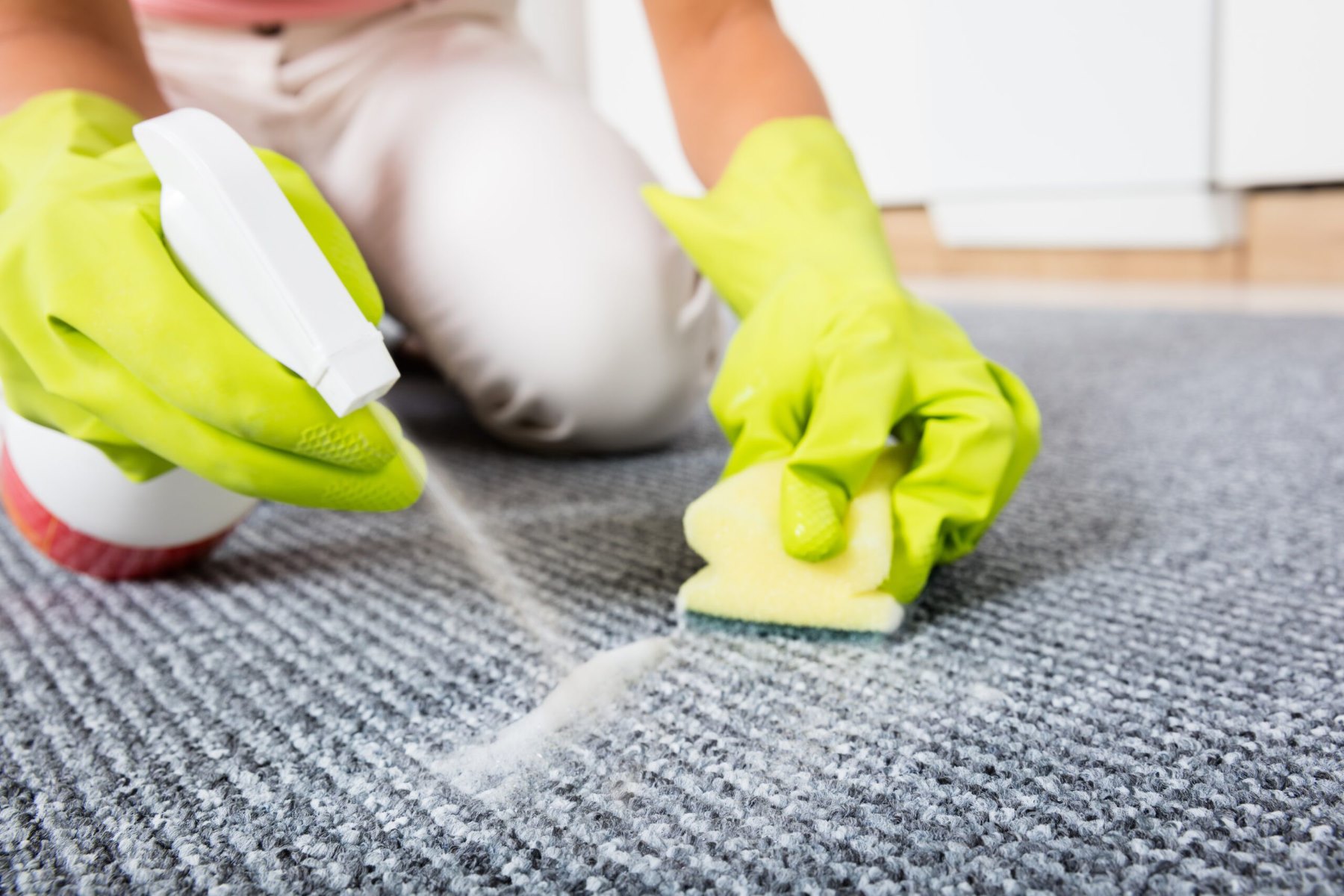
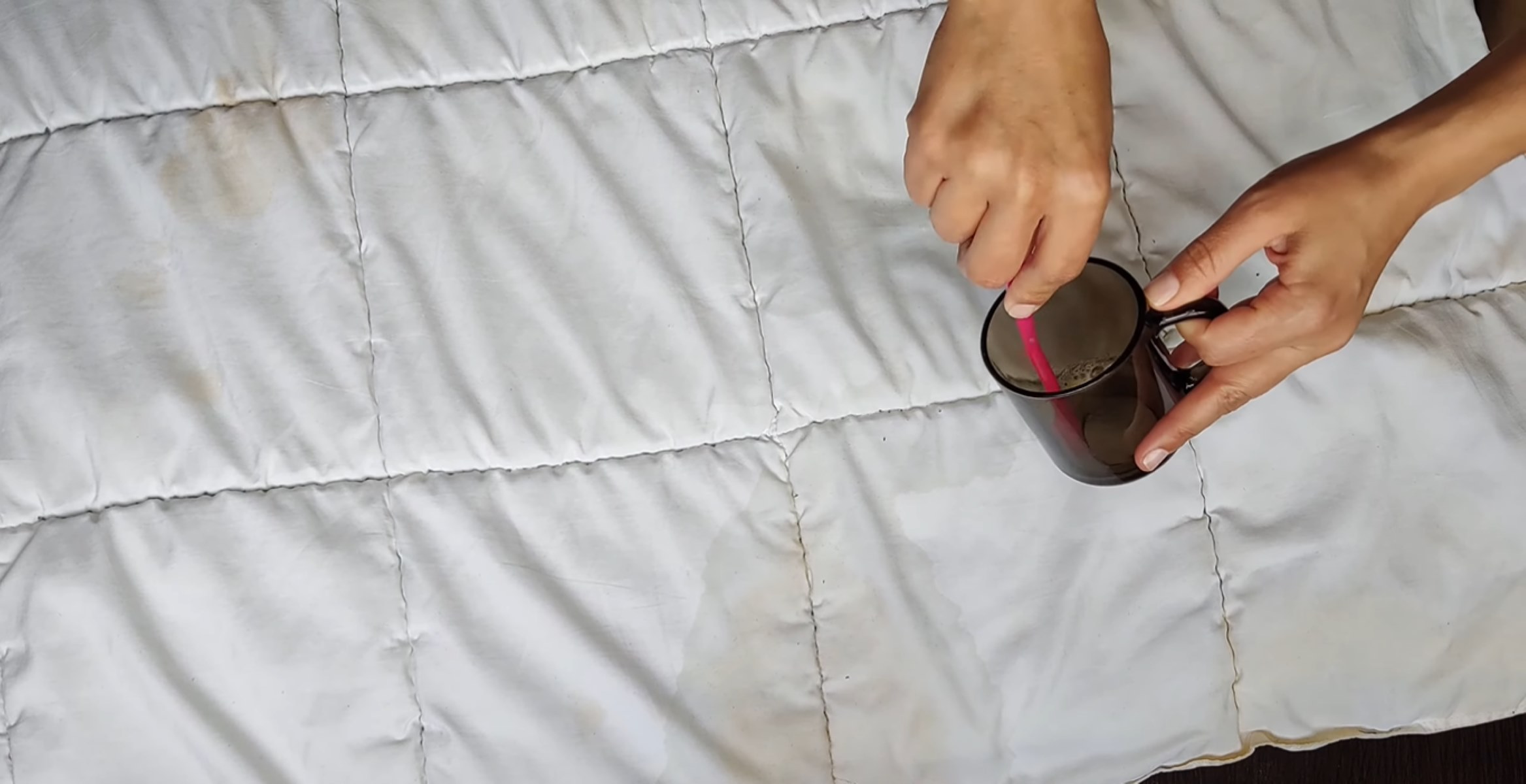
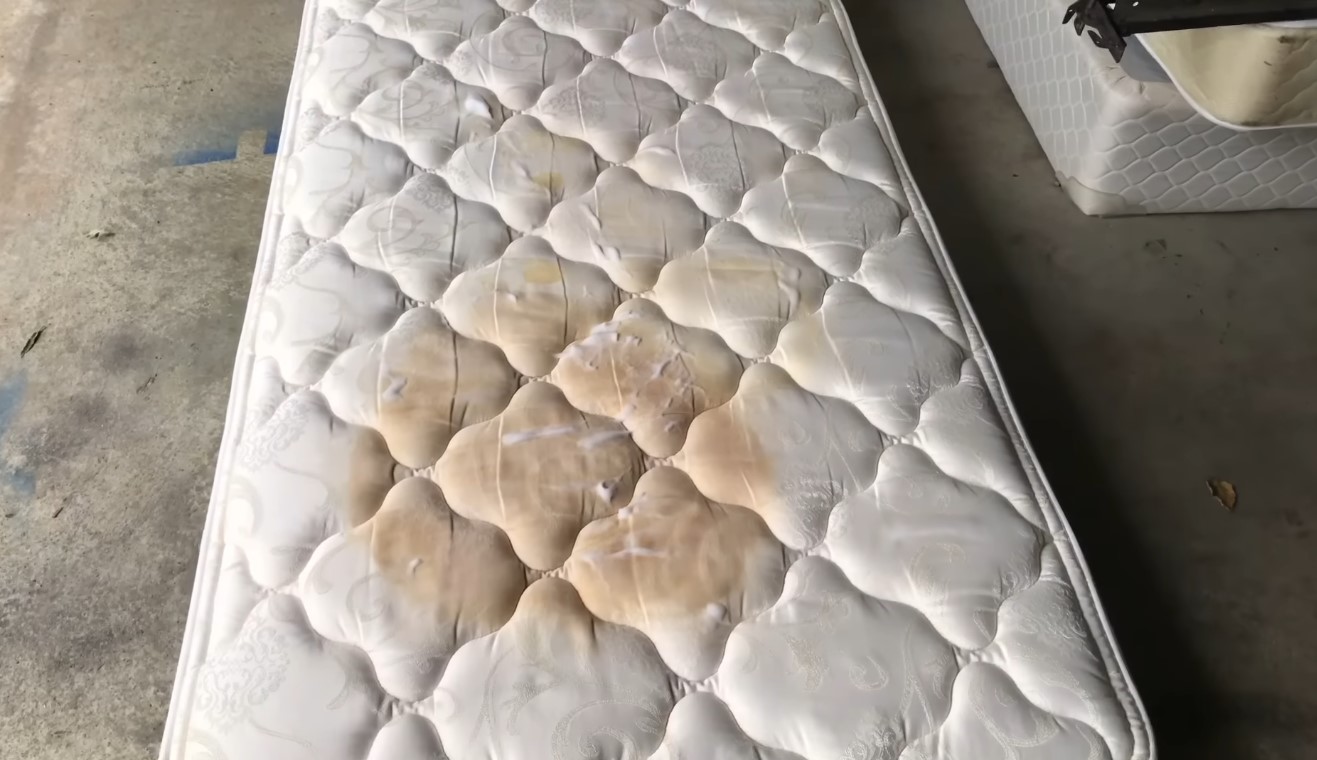
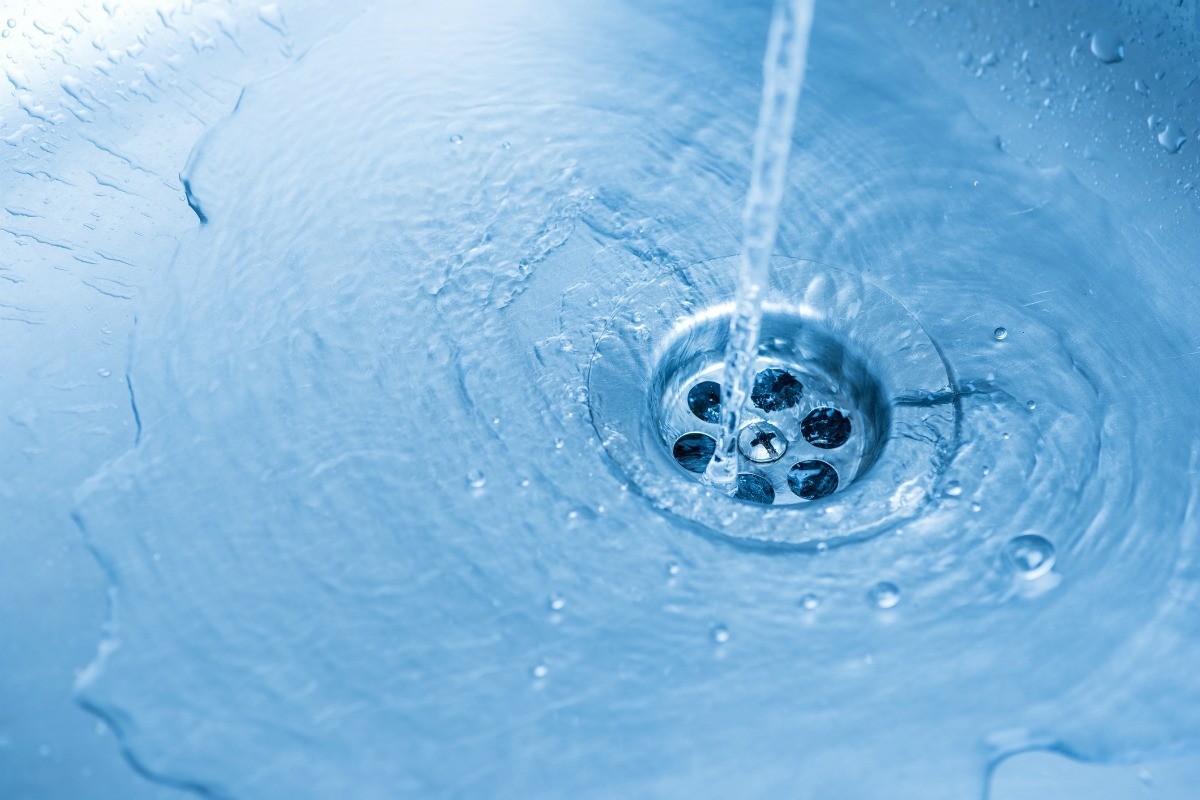
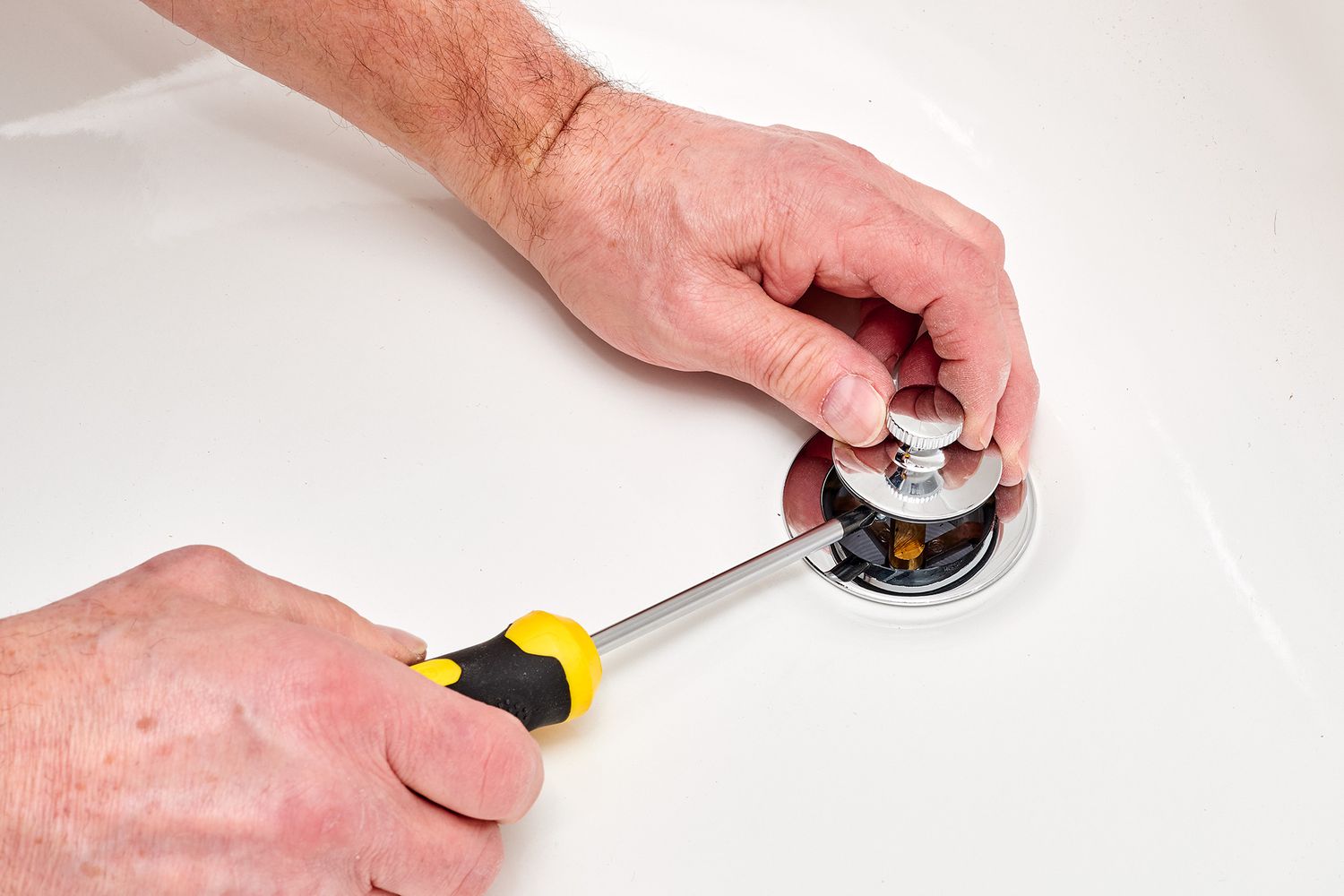

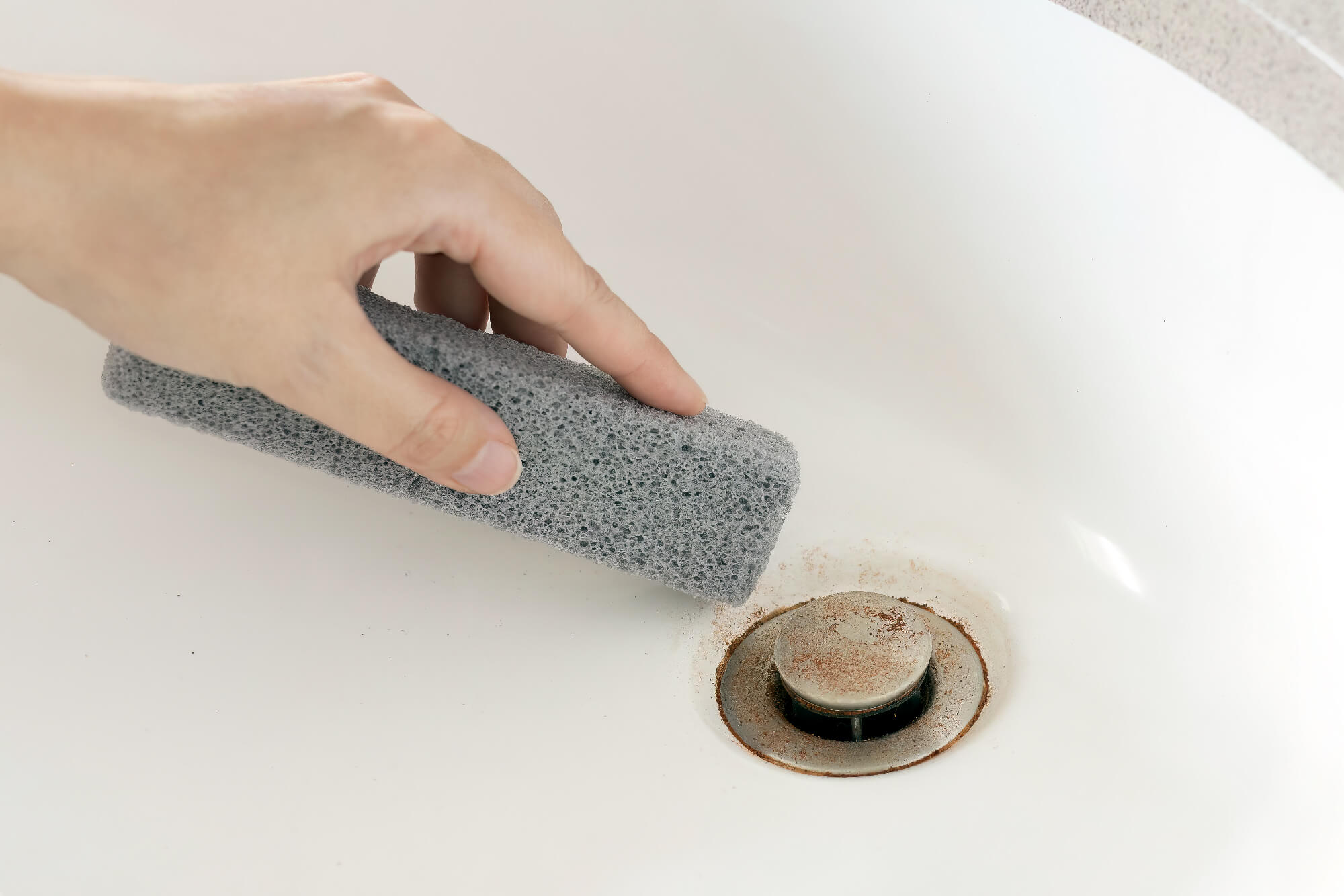
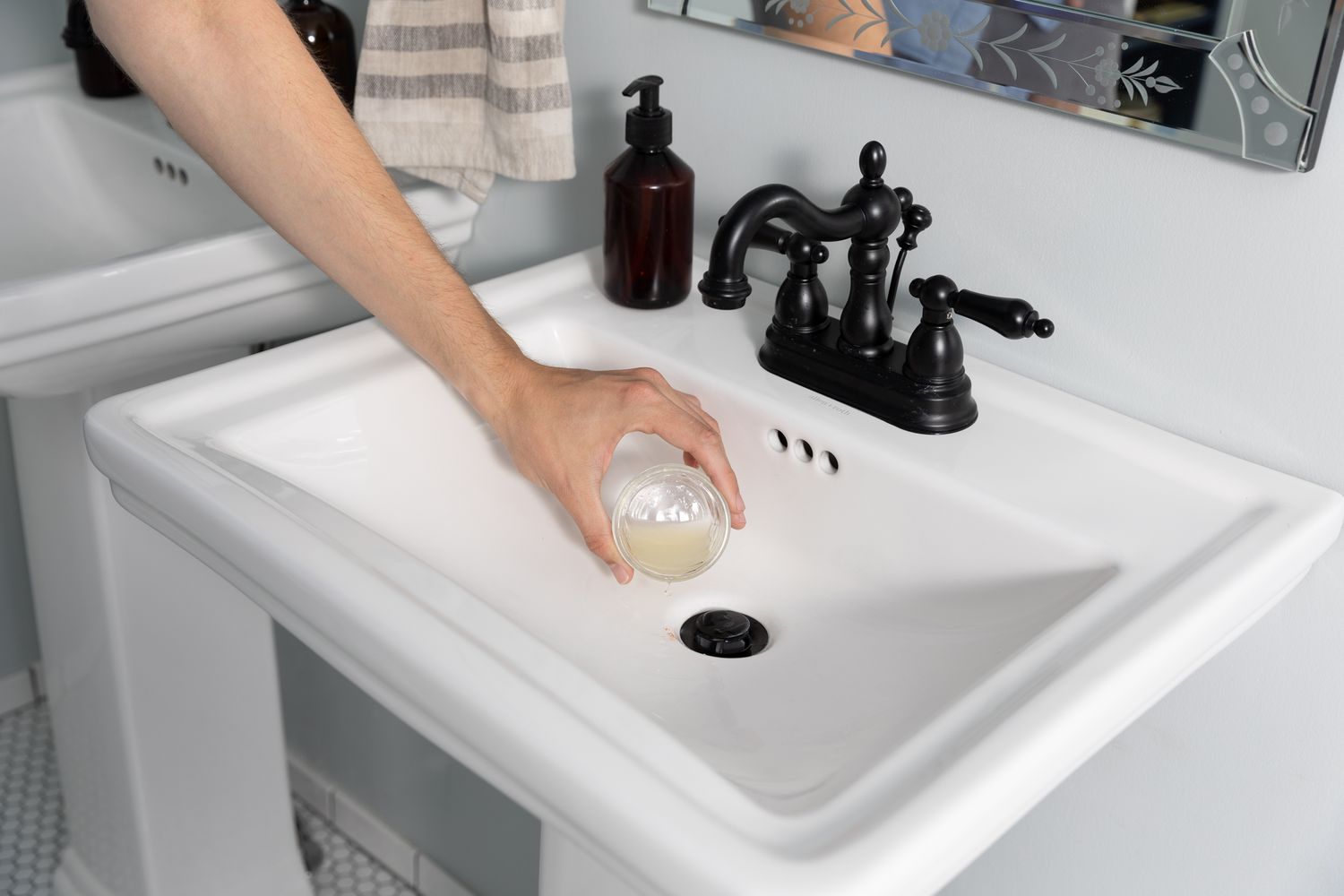
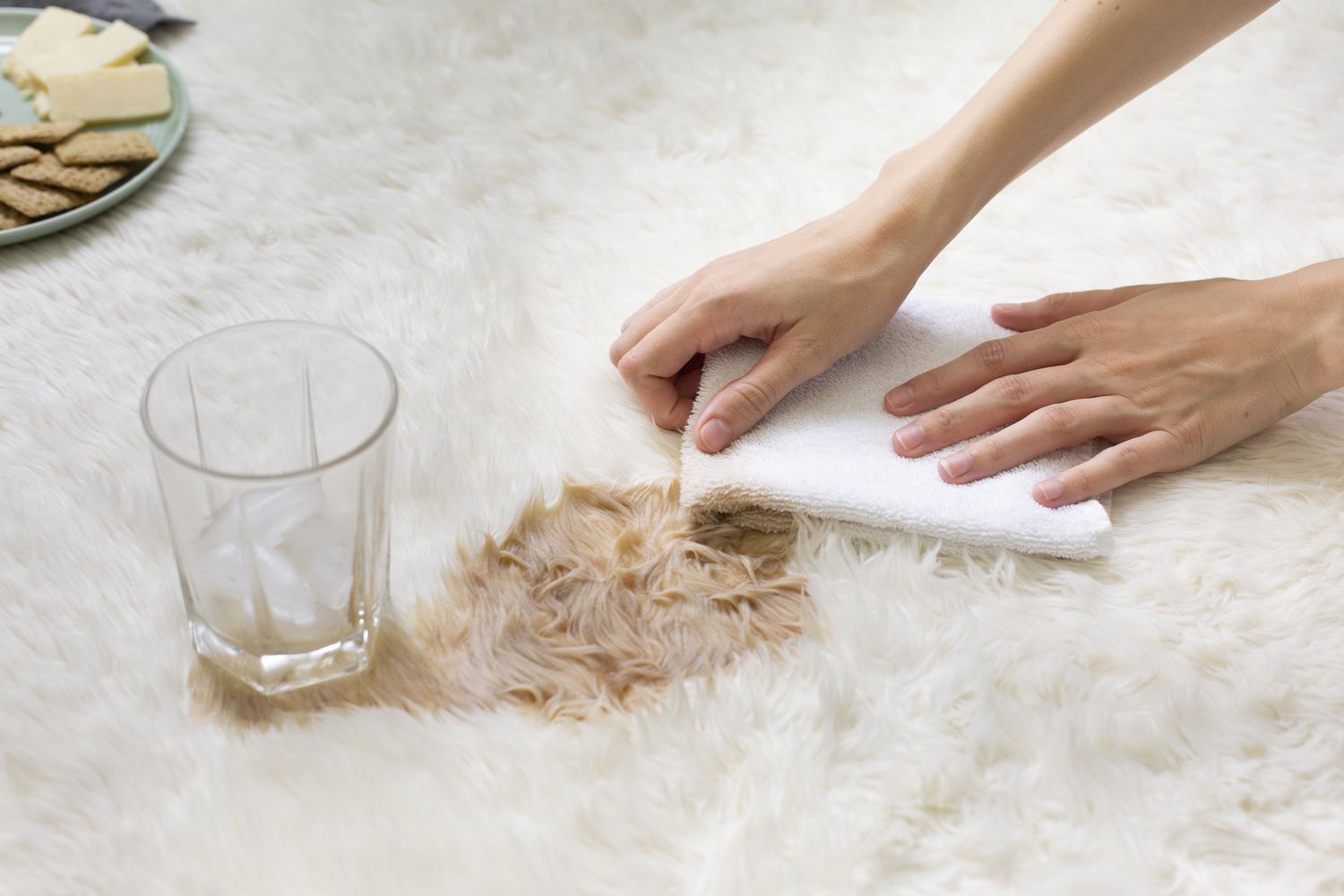
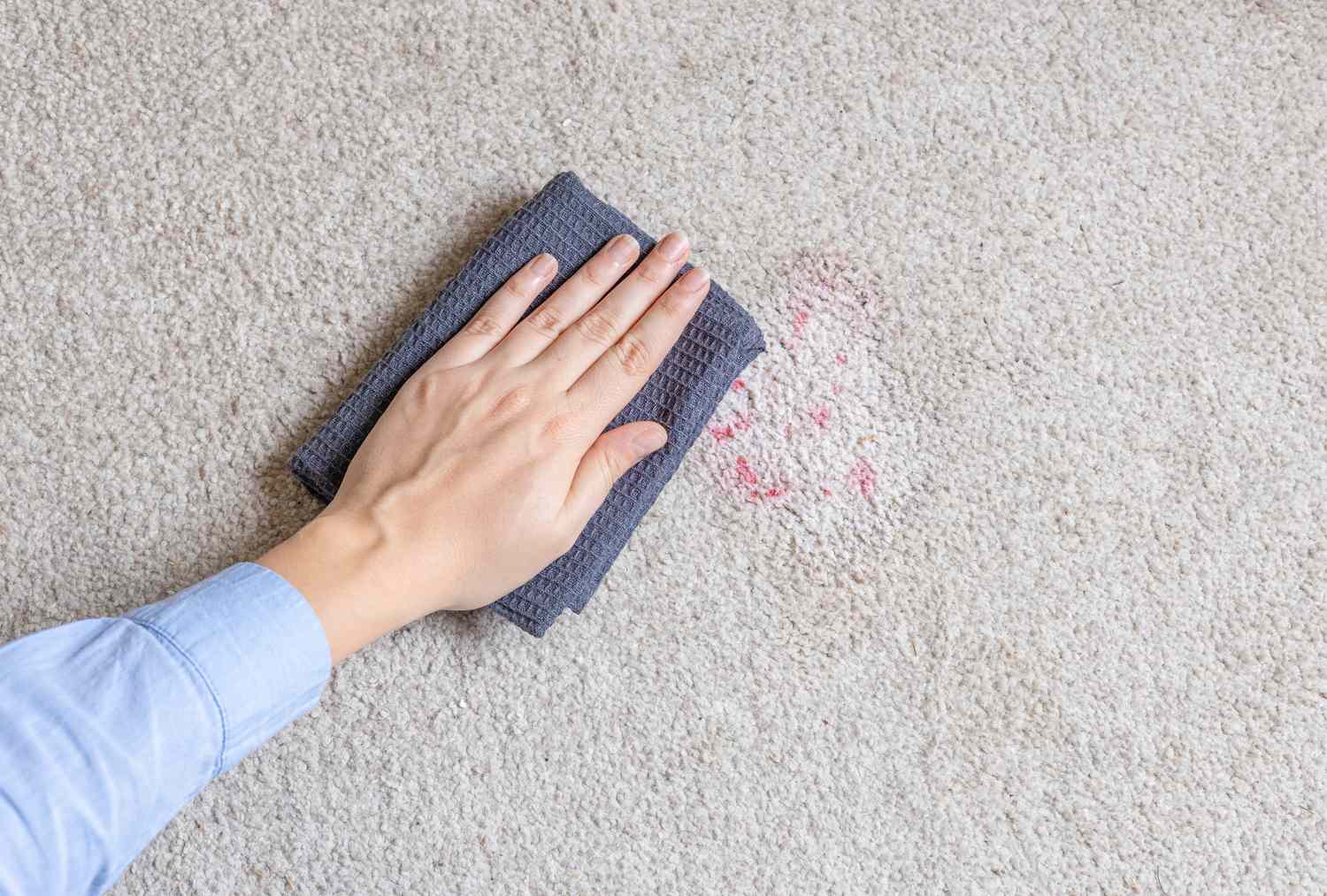
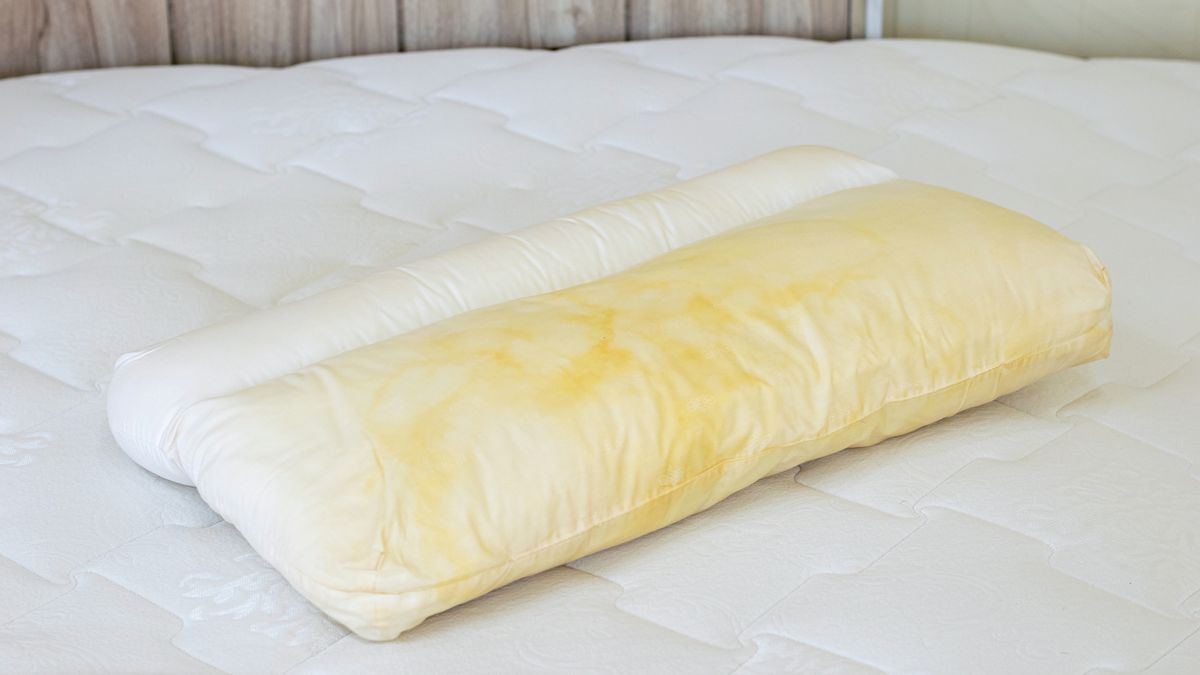
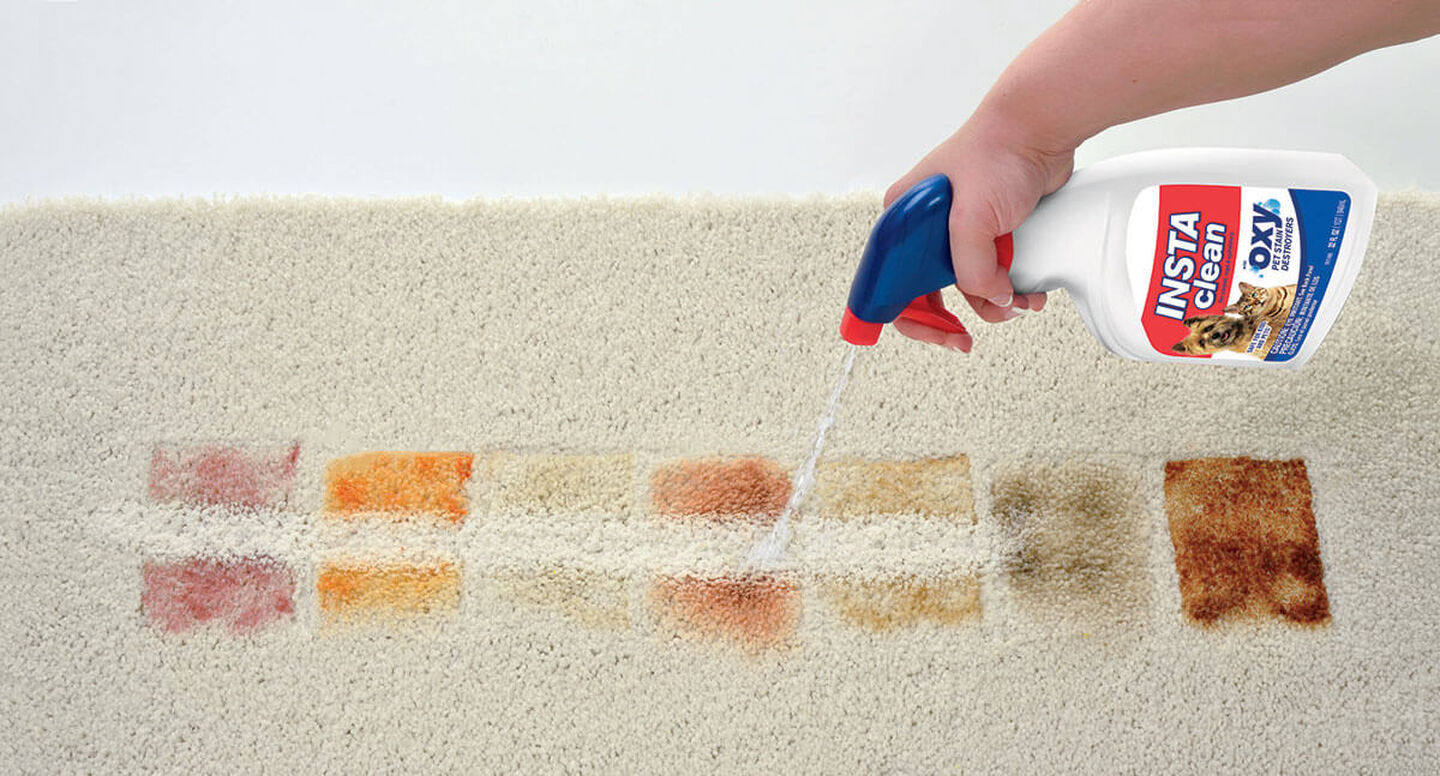
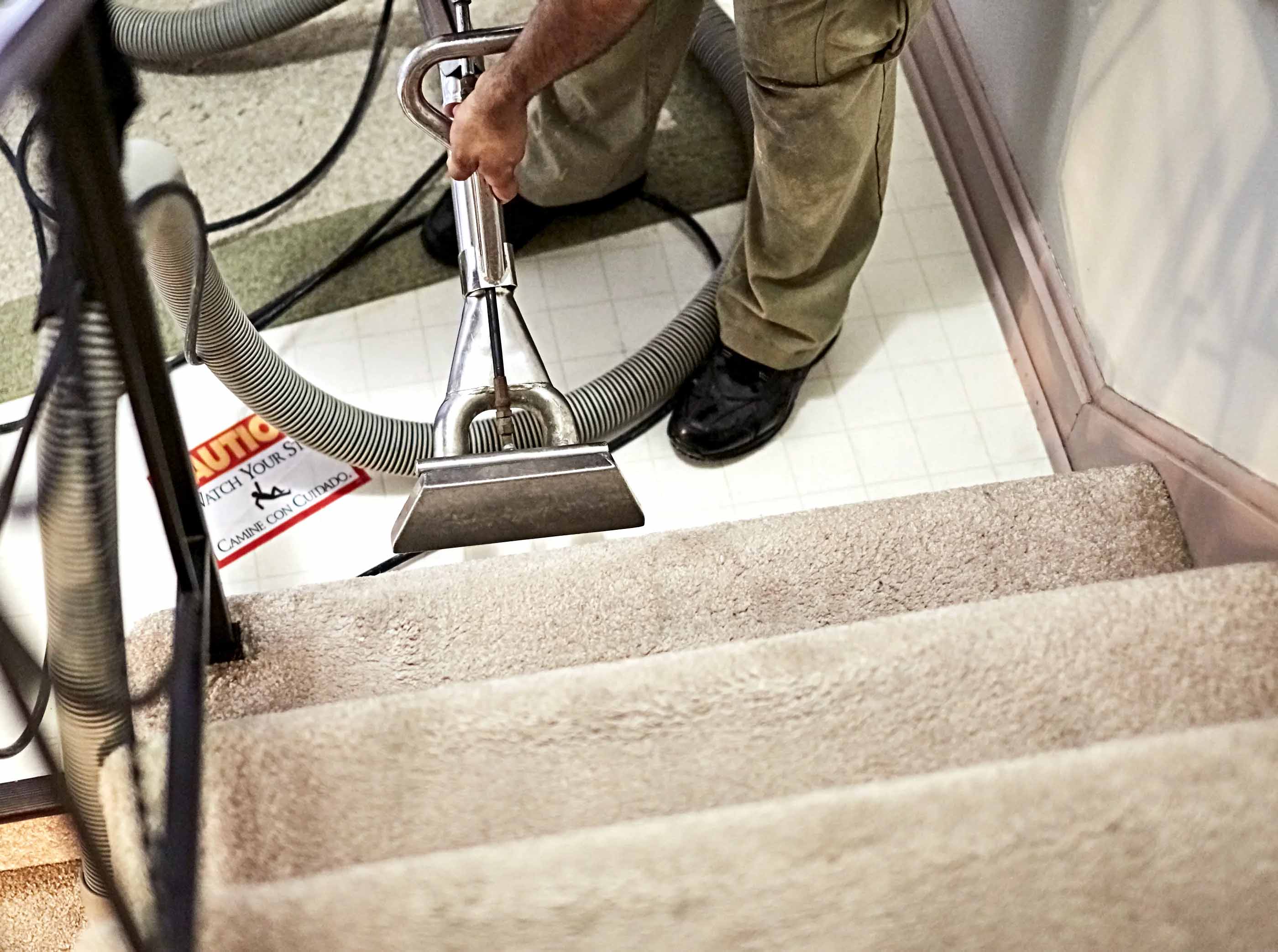
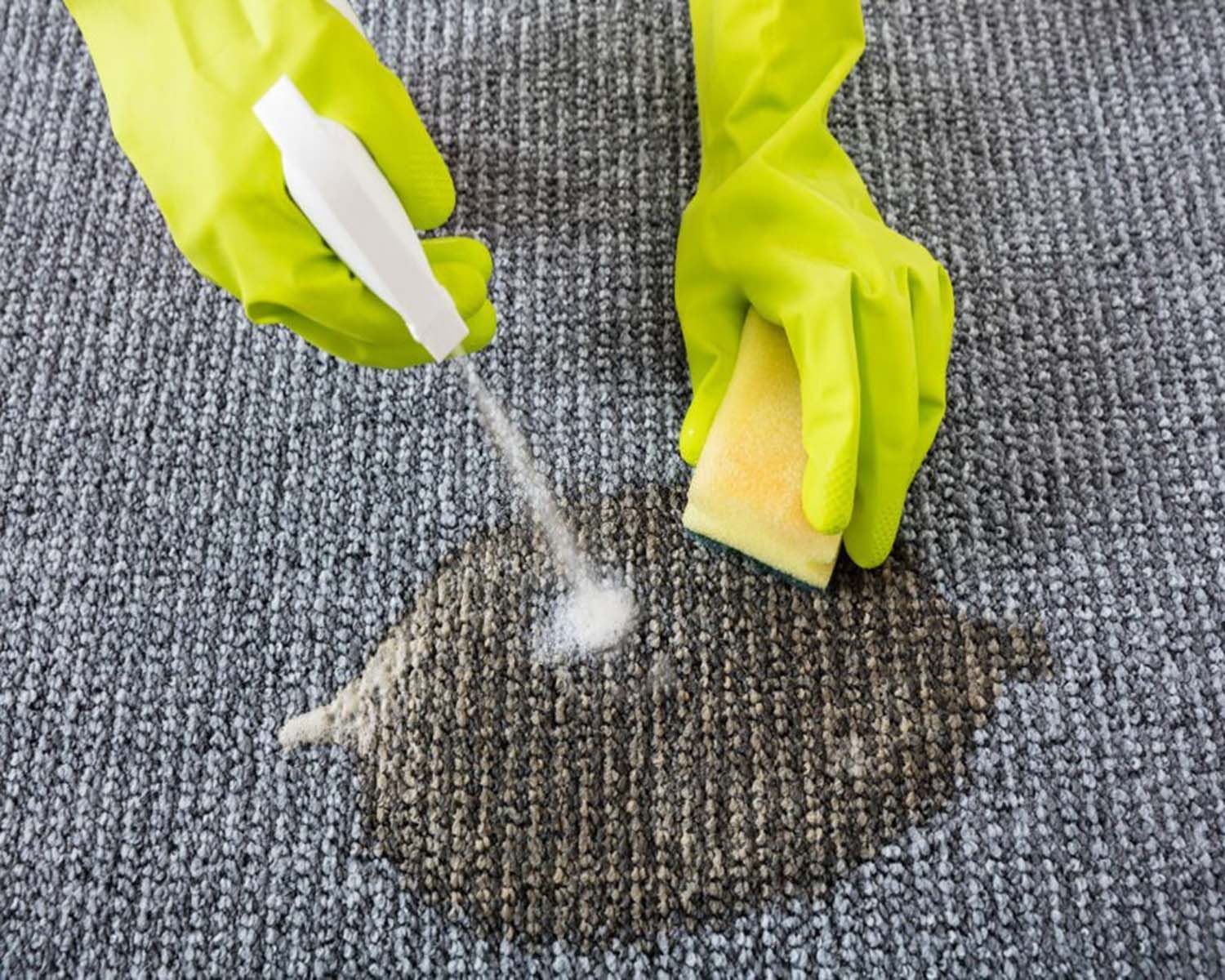

0 thoughts on “How To Get Stains Out Of A Sink”